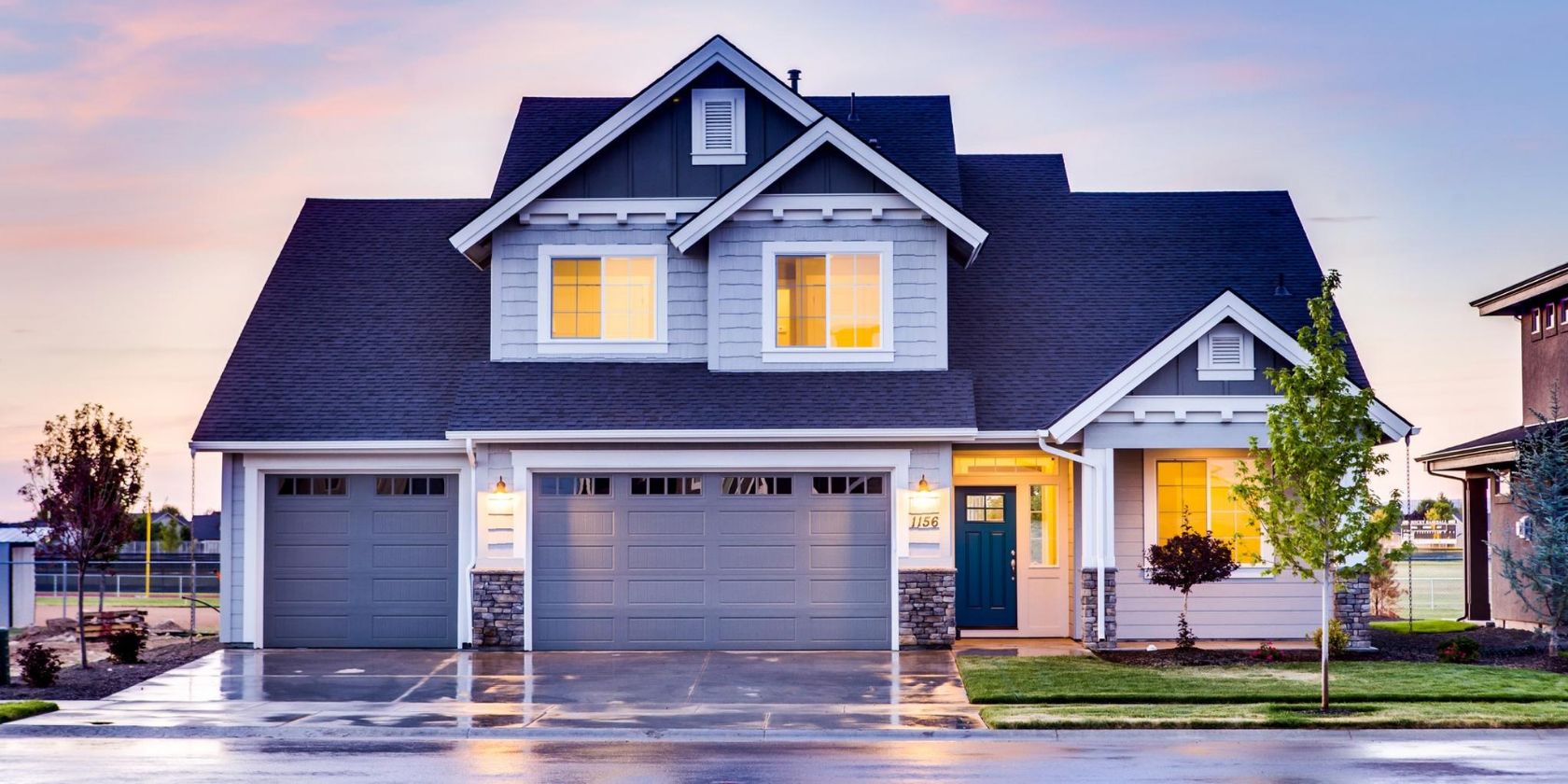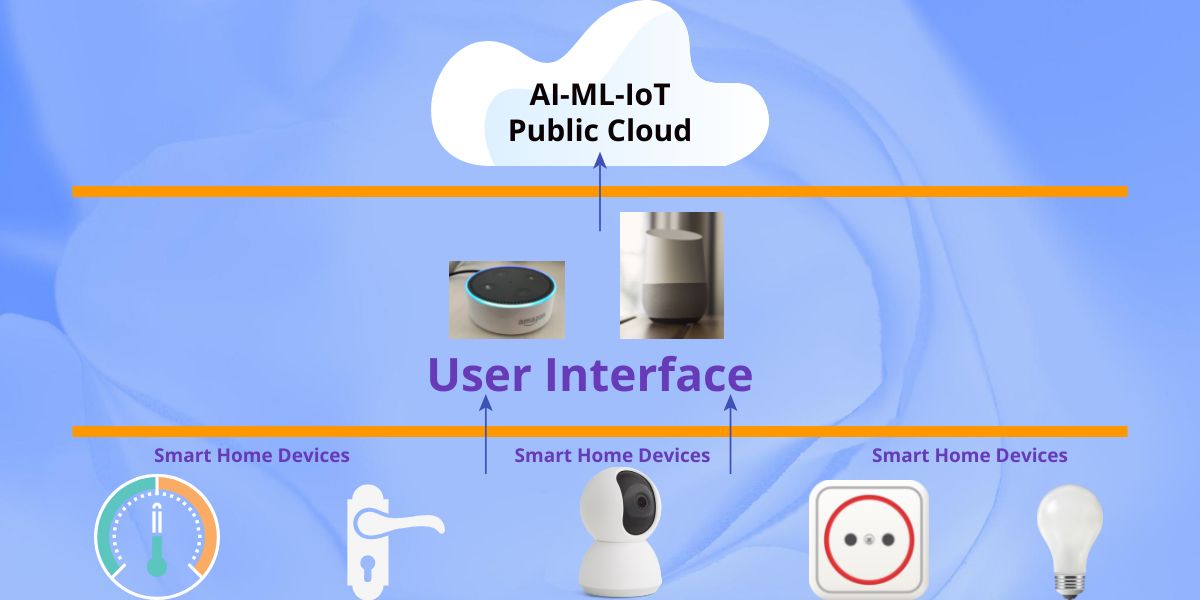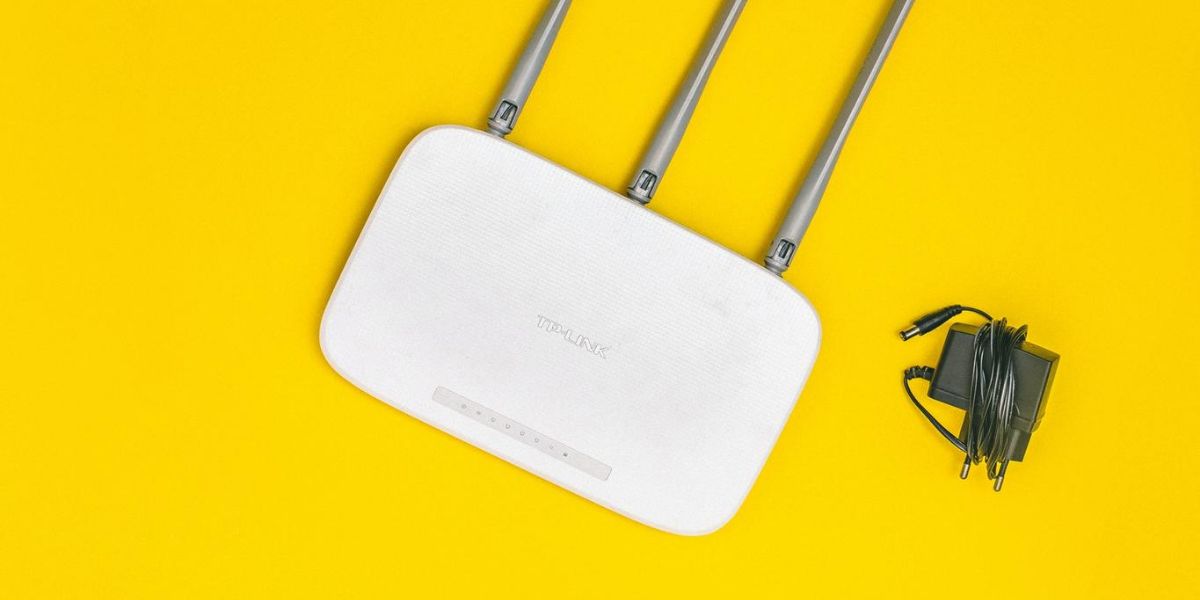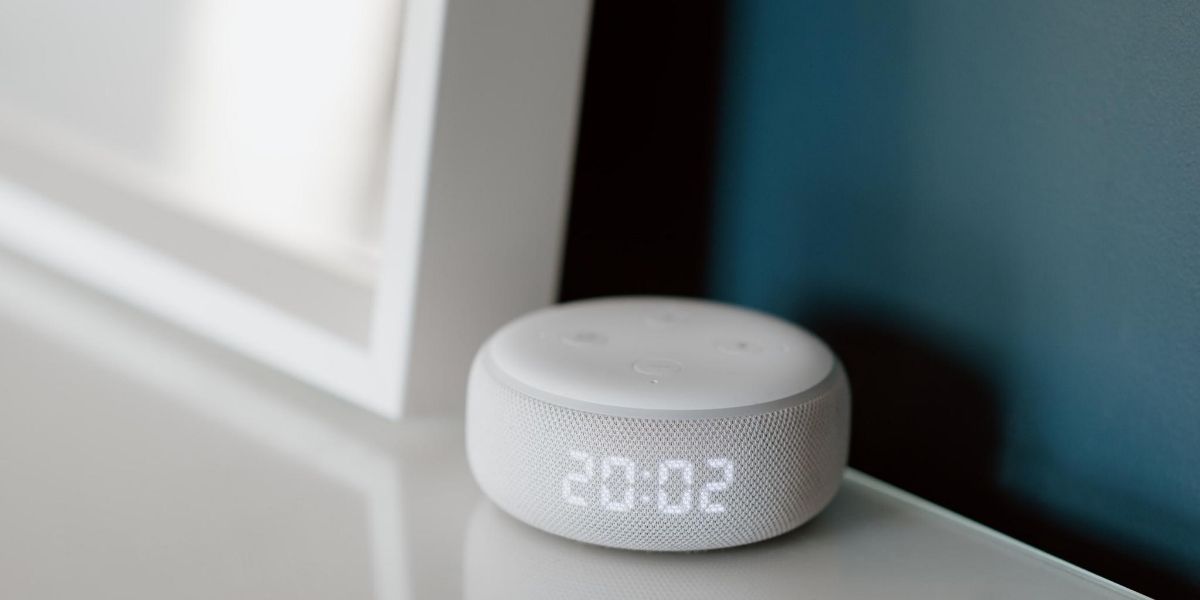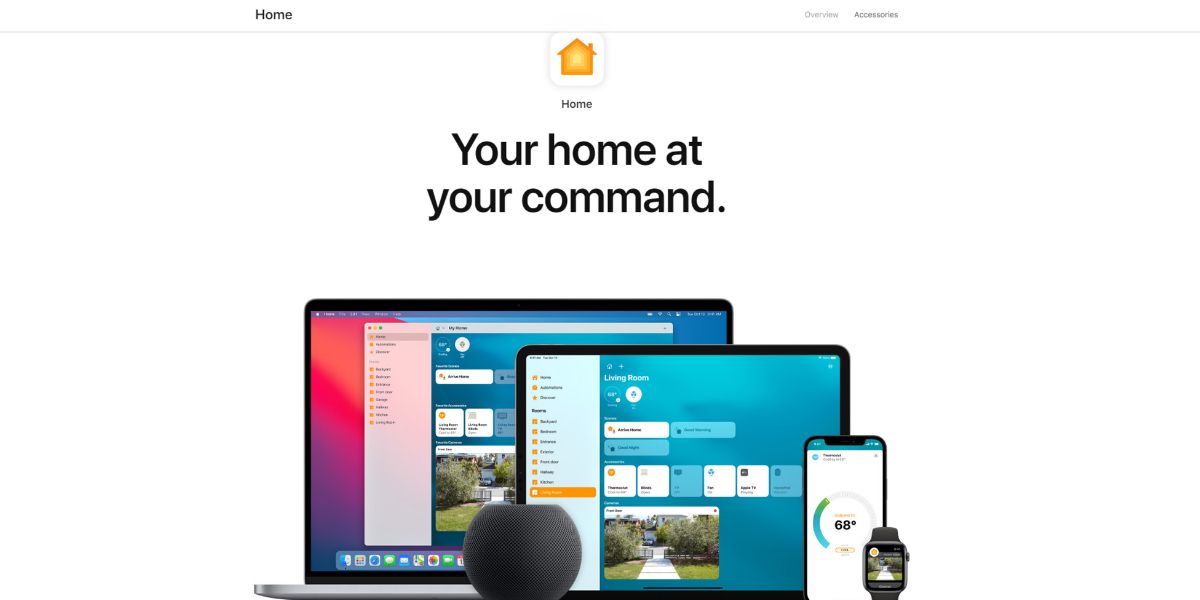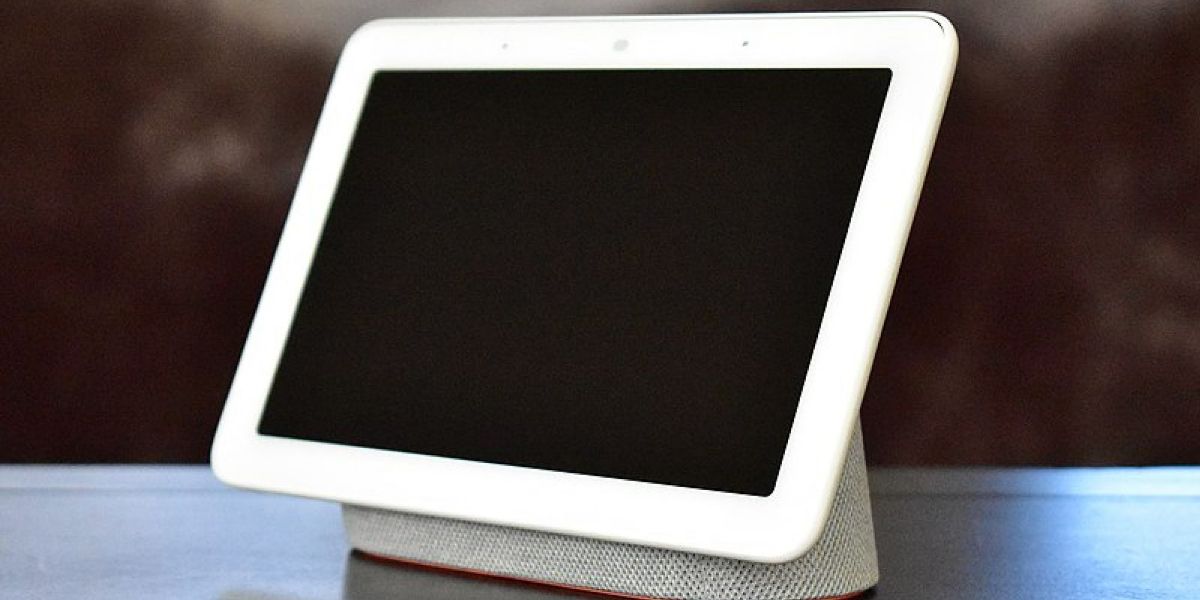If you’re curious about a smart home and the technology behind it, you have come to the right place.
Smart home gadgets and services are booming with steady growth. You can connect every appliance in your home to the network and monitor each one remotely. Smart home tech essentially brings automation to the home.
We will help you understand smart home technology in detail so you can convert your home into a smart one without investing much time and money.
What Is Smart Home Technology?
Smart home technology involves gadgets, devices, and home appliances with wireless connectivity. When connected to the home Wi-Fi internet network, they communicate with each other, a smart bridge, or a mobile phone app.
You can effortlessly control these devices from anywhere using a connected smartphone or mobile app. A few premium smart devices go the extra mile to offer energy savings and personalized services.
At the center of any smart home ecosystem, you’ll find a smart speaker. You can ask it to adjust the home lighting, heating, and so on. These are essentially small, voice-controlled computers that can search the web or manage your schedules.
How Does It Work?
Some smart home technology relies on mesh networking. Zigbee and Z-Wave are the most popular mesh networking smart home protocols. A mesh network protocol enables all the smart home devices to connect with each other dynamically through a nested networking system that doesn’t depend on any hierarchy. Other smart home protocols include familiar names like Wi-Fi and Bluetooth.
At the center of most smart homes is a smart hub. A smart hub could be a Zigbee/Z-Wave-based smart bridge, a smart speaker, or a mobile phone app. You need to connect any of these hubs to your home Wi-Fi. Home appliances like smart lights, smart coffee machines, smart thermostats, video doorbells, smart security cameras, smart door locks, and more will either connect directly to the home Wi-Fi or a central hub.
You’ll get a mobile app for the smart bridge where all of the compatible smart home appliances will show up. You can set a schedule for these devices or simply operate them with one-time commands.
Some of the smart devices will communicate with each other and analyze your daily routine to automatically match your likes and dislikes. Most smart devices send push or email notifications if something goes wrong.
Most affordable and DIY-friendly smart home systems operate in the cloud through the home internet. However, high-tech business premises and premium households get standalone smart home systems.
Top Smart Home Ecosystems
A big choice to make when creating a smart home is what smart home ecosystem to select. These are currently the three big names.
1. Amazon Alexa
The e-commerce giant developed the virtual assistant Alexa for its Amazon Echo devices. But Alexa has grown to a wide variety of other devices.
Alexa speakers support various smart skills like voice calls, online news, entertainment, scheduling, multi-room audio, and many more. If you want to build a smart home set up with Alexa, you need to buy smart devices that show the Works With Alexa tag.
2. Apple HomeKit
HomeKit is Apple's own smart home system. You can control devices through a HomePod, HomePod mini, iPhone, iPad, Apple TV, Apple Watch, and Mac. Instead of relying on individual apps, you'll control everything through Apple's Home app or with a voice command to Siri. Make sure to look for smart home devices that are compatible with HomeKit.
3. Google Assistant
Most Android smartphones, tablets, and Chrome OS computers support Google Assistant, Google's own smart home system. It is also available on iOS devices.
To build a Google Assistant smart home, you need a Google Home or Google Nest smart speaker and compatible devices.
The central controlling app of this ecosystem is the Google Home app.
Common Devices for a Smart Home
Here are some great smart home devices to get started with.
1. Smart Security Camera
You can install smart cameras for home security in and around the house. They usually connect to cloud storage to store footage. You can also view the live feed on a mobile app or a smart speaker with a screen like Google Nest Hub or Amazon Echo Show.
Many smart security cameras also offer motion sensing and high-intensity LED floodlights for added security. They often send push notifications when any stranger is loitering in the backyard.
2. Smart Thermostat
Smart thermostats are the most popular smart devices. They control the heating system for automatic temperature adjustment.
Some advanced ones like the Google Nest Learning Thermostat even study your routine and set a heating and cooling profile on its own to help you save money.
3. Smart Door Lock and Video Doorbells
Smart door locks let you enter the home without a key and automatically lock the door behind you. You can share access codes with friends and family to let them enter the home when you’re not around.
With a video doorbell, you can easily safeguard your property against home invasion, unwanted solicitors, and porch pirates without opening the door. These devices send video feeds, notifications, and even voice alerts to smart speakers.
4. Smart Lights
Smart lights save you time and money. These are highly energy-efficient LED lights that consume less energy than old incandescent bulbs. Also, you can control their activity from mobile apps, wearables, or using simple voice commands.
You can even turn smart lights on and off remotely if your home is empty for extra added security.
Smart Home Technology Privacy and Security
You can follow these basic steps to secure your public cloud-based smart home from threats:
- Don’t share your home Wi-Fi password with anyone.
- Use strong passwords, memorize them, and change frequently.
- Inform the service provider if you see any unusual wires connecting to your line.
- Update the firmware or app of the smart devices like the smart bridge, Amazon Echo, or Google Home.
A Smart Home Made Simple
Smart home technology continues to grow in popularity because of its ease of use and convenience.
If you have a home Wi-Fi network that can handle a couple of devices, then you’re good to go in setting up a beginner-level smart home. Just connect your smartphone and the smart appliance to the network. And with a few taps on the mobile app, you can begin building a smart home.

